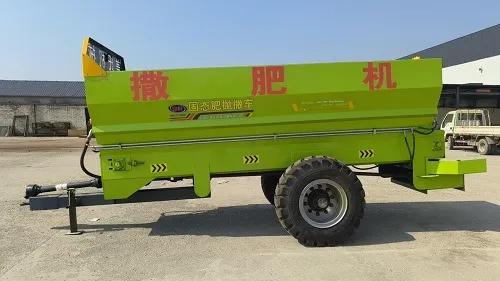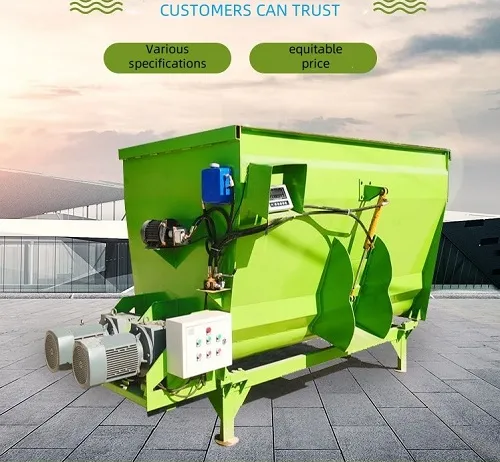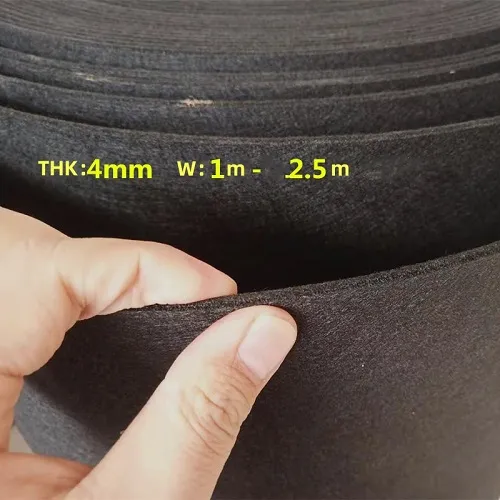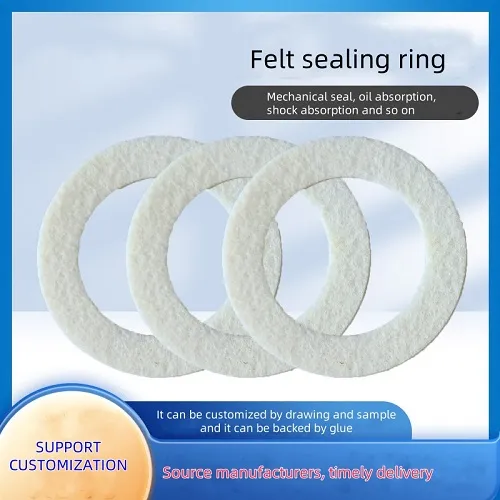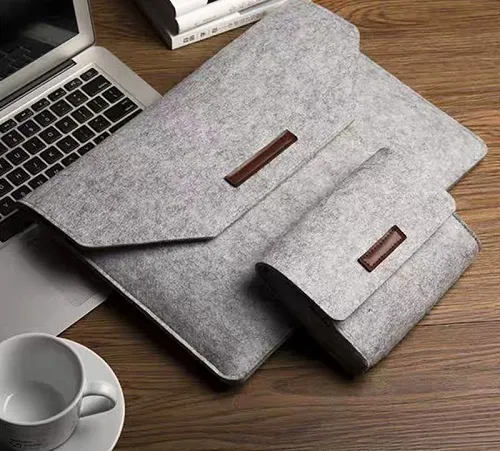Do Wool Dryer Balls Prevent Static? Find Out the Truth!
Wool Dryer Balls Why They Might Not Prevent Static
Wool dryer balls have gained popularity as a natural alternative to traditional fabric softeners and dryer sheets. Made from 100% wool, these balls are believed to help reduce drying time, soften clothes, and even minimize static cling. However, many users have noticed that while wool dryer balls can be effective in various ways, they may not always prevent static electricity in the dryer. Let’s explore the reasons behind this inconsistency and what you can do about it.
Wool Dryer Balls Why They Might Not Prevent Static
One reason why wool dryer balls may fall short in preventing static is the fabric types involved. Certain materials, such as polyester and nylon, are more prone to static build-up compared to natural fabrics like cotton. If your laundry consists primarily of synthetic materials, you might find that wool dryer balls are less effective at preventing static cling. Their ability to combat static is influenced by the types of fabrics they are paired with during drying.
wool dryer balls not preventing static
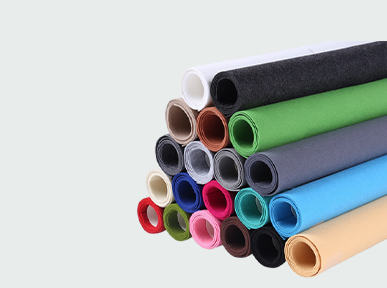
Moisture content is another crucial factor. Wool dryer balls work better in a slightly moist environment, as humidity levels can help dissipate static electricity. If you frequently dry loads of laundry that are completely dry or if you live in a particularly dry climate, you may find yourself battling static cling despite using wool dryer balls. In these cases, adding a damp washcloth or a few ice cubes to the dryer can introduce the necessary moisture, helping to reduce static.
Additionally, the number of dryer balls used can play a role in their effectiveness. A typical recommendation is to use three to six wool dryer balls in a load, but using fewer might not create enough agitation to effectively combat static. Experimenting with the quantity may lead to better results.
Lastly, one cannot overlook the possibility of individual preferences and expectations. While some users may experience a significant reduction in static cling with wool dryer balls, others might find that they still struggle with static issues. Personal laundry habits, fabric choices, and specific dryer conditions all play a vital role in the overall effectiveness of these products.
In conclusion, while wool dryer balls offer numerous benefits for reducing drying time and softening fabrics, their effectiveness in preventing static cling might vary. By understanding the factors that influence static electricity and making a few adjustments, you can enhance your laundry experience and enjoy the natural benefits of wool dryer balls. If static continues to be a problem, consider complementing your dryer balls with other methods, such as fabric sprays or moisture solutions, to achieve the best results.
-
What Makes Felt a Great Choice?NewsNov.19,2024
-
Total Mixed Ration (TMR) Feed for CattleNewsNov.19,2024
-
The Ultimate Guide for Felt Polishing WheelsNewsNov.19,2024
-
Industrial Felt for Various ApplicationsNewsNov.19,2024
-
Felt Makeup Bags and Inserts BagsNewsNov.19,2024
-
Choosing the Right Hotel TowelsNewsNov.19,2024
-
Your Go-To Guide For Affordable Wholesale Wool FeltsNewsOct.31,2024

